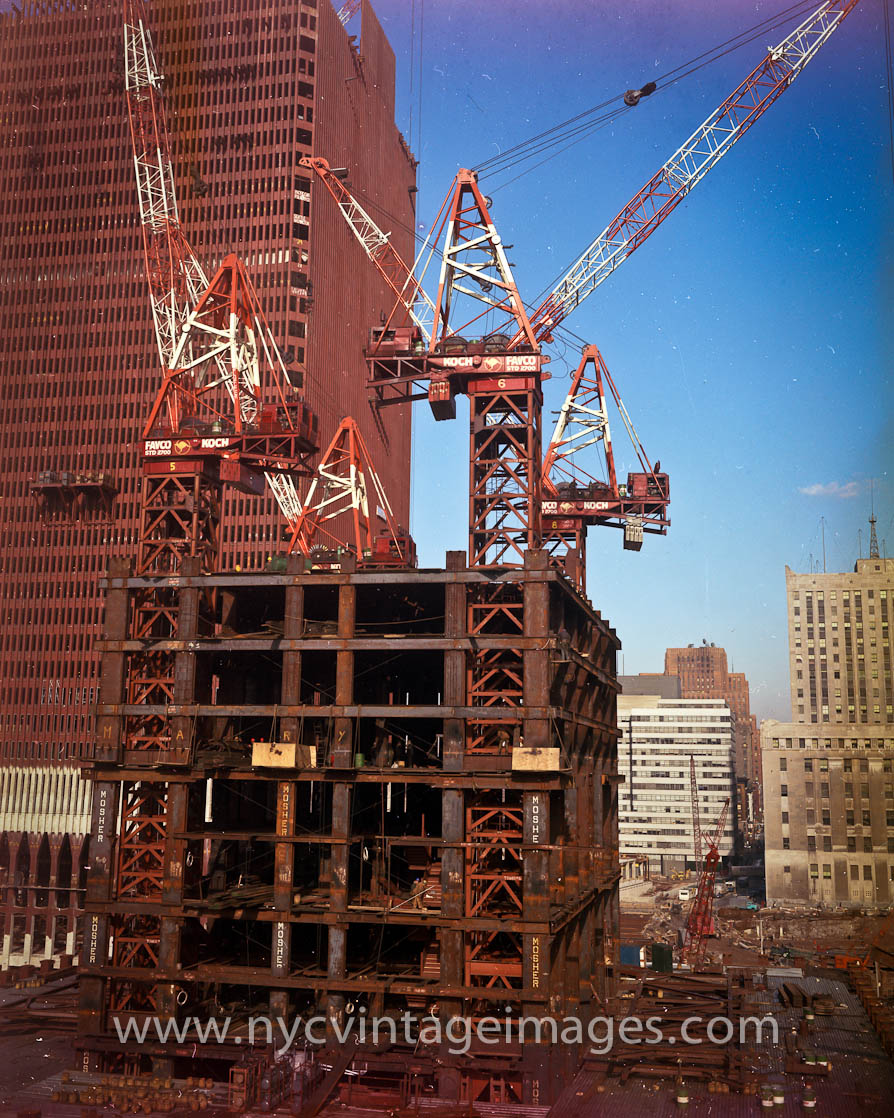benthamitemetric
Senior Member
That's fine. If you cannot articulate specific reasons why you disagree (and I think you see the inherently unpersuasiveness of the vague assertions that (i) somehow the unbroken columns at the edge of the floor failure line could meaningfully retard the collapse by catching the floor pans that had already been sheared off the truss connectors or (ii) somehow the tower was expelling more than a floors' assembly's worth of debris (in addition to any columns that were ejected) for every floor that failed), you should realize your disagreement is just cognitive dissonance at this point, however. The top blocks contained too much mass for the floors to stop after the initial failure and that really is the end of it.If you're looking for me to concede some kind of point I think you'll have to give me some time. I still don't understand (to my own satisfaction) how the buildings collapsed.
As has been explained to you many times, the floors were providing lateral support for the columns, which support was required for the columns to stand. After the initial collapses, which we can all watch to our satisfaction up close and in slow motion, the columns were no longer supporting the top blocks. As a result, the top blocks moved down and impacted the floor systems. The columns below the initial failure point had no way of "catching" any of that debris. The weight of that debris alone is so far in excess of what any floor could bear, that no floor below the initial failure point could survive, triggering a runaway collapse wherein each successive floor failure *added* to the problem.I guess I just don't understand this emphasis on the floor trusses, as if they were what was holding up the building.
And the core was very robust, which is why much of it withstood the collapses of the floors in both towers, which has been shown to you several times in this very thread. But they could not stand long without lateral support, which, again has been explained to you, and they ultimately toppled except for a few stories of height. In any case, the only survivors who were inside the buildings during the collapses were in one of the stairwells within the core, again illustrating the the floors were the reason for the runaway failure and there were no controlled demolition devices acting on the columns to assist the floor collapses.
So now we have two "competing" theories:
1. That the floors could arrest the collapses, which relies on no maths or coherent logic and which then requires the existence of unspecified devices that were neither observed in the debris of the towers (though the NYPD bomb squad and expert engineers were at the site for the duration of the clean-up) nor actually seen or heard acting during the collapse.
2. That the floors could not arrest the collapses, which is consistent with easily understood and easily verifiable realities of their construction and the mass of the top blocks of the building, is consistent with the physical evidence in the debris pile and the video evidence of the collapses themselves, as well as the testimony of the witnesses who survived the collapsed within a stairwell, and which requires no additional unspecified devices.
Obviously, no. 2 is the only reasonable choice, but cognitive dissonance is a helluva drug.
Given that we've also moved well beyond the initiation question, I'd say that brings this thread to a close. Yes, fires could conceivably have caused the collapses without the airplane crashes, but such a fire scenario was highly unlikely and the towers were likely robust enough to survive many very extreme fire scenarios, and, if there was a collapse initiated from fires alone akin to the collapses initiated on 9/11, such collapse would proceed to a total collapse just the collapses on 9/11 did because the forces driving the progressive collapse through each floor would be the same.
Last edited:

